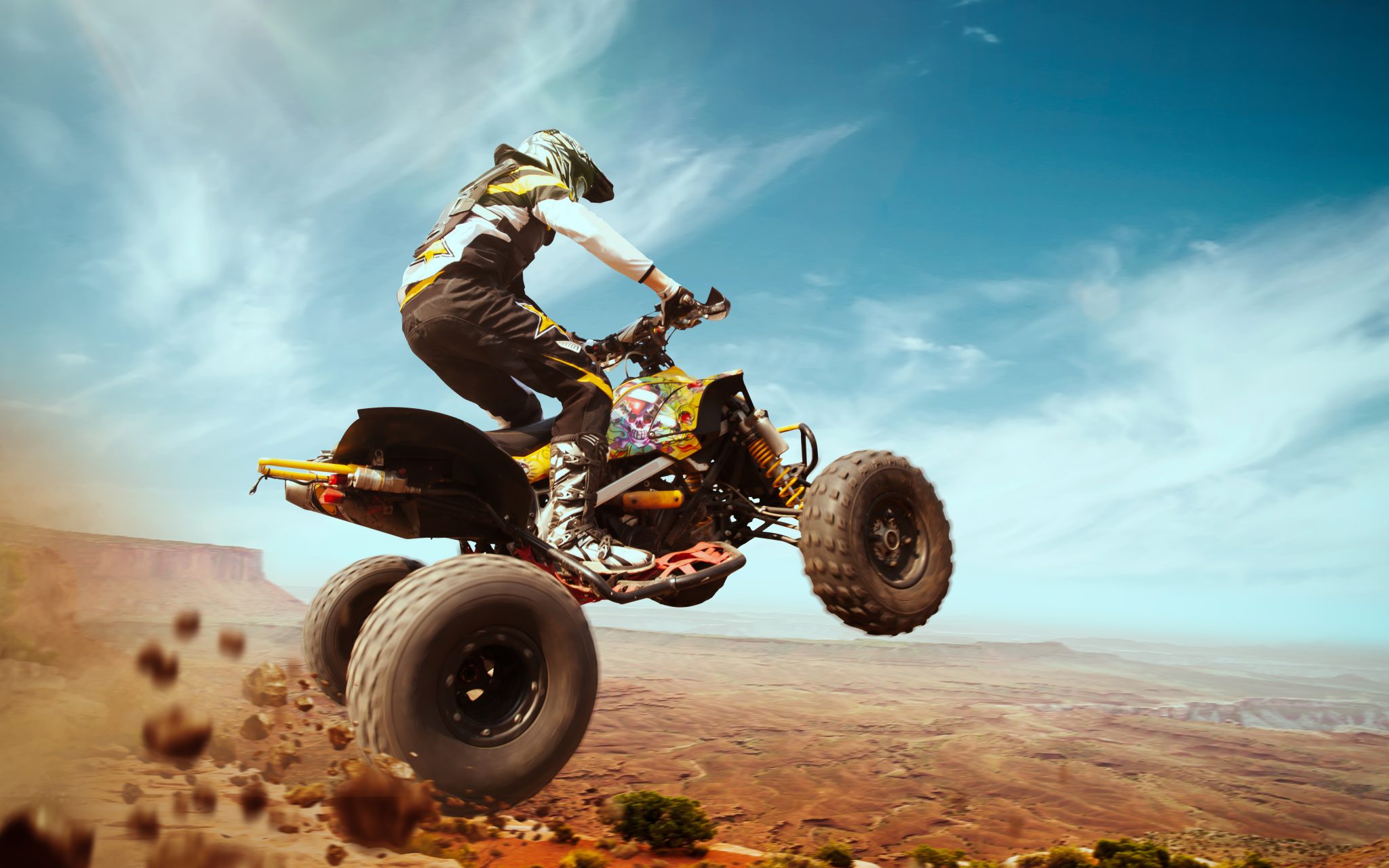Off-road vehicles (ORV) are popular forms of recreation in the summer months, and all year round, in Ontario. ORVs can include any type of all-terrain vehicle (ATV) or dirt bike.
But driving recklessly or outside of the laws as set out in Ontario’s Off-Road Vehicle Act can lead to tragic circumstances, and even death.
One study found that, over a twenty-year period ranging from 1990-2010, fatality rates increased among ATV and dirt bike operators, and alcohol abuse was a factor in more than half of these instances. Those numbers held steady in a 2013-2019 study, which found that drugs or alcohol were consumed by 51% of ATV fatality victims.
The most serious incidents occurred when road use was involved. On-road ATV crash victims suffered more major trauma and severe brain injuries than those off-road, even controlling for helmet use.
Statistics show that the majority of fatal accidents occurred in the summer.
ATV Best Practices
If you’re planning on making some inroads on Ontario’s off-road terrain, there are certain safety measures to follow. Always wearing an approved helmet, and never using drugs or alcohol when driving are the standard, “it goes without saying” rules. They are also the law. The Off-Road Vehicles Act governs the basic laws regarding ATV use in Ontario, and are summarized on our ATV & Dirt Bike Accidents service page.
But there are a number of other best practices that should be followed as well, to ensure the riders’ and passengers’ safety.
- Take an ATV safety course, with instruction from certified instructors and off-roading experts. A Canada Safety Council course can be found here.
- Know your vehicle. Properly operating your ATV is crucial to staying safe. Know its strengths and weaknesses, and what it can and can’t do when in various off-road terrain. Count the tires among this rule also, as some ATV tires are made for certain surfaces but not others. A pre-ride inspection of your vehicle is important as well: fuel supply, tire pressure, fluid levels, lights, etc. Your vehicle should also be registered and display a rear licence plate.
- Know your trail. Is it comprised of dirt, sand, mud? Research the terrain you’re heading into. Be prepared, and ensure that not only your tires and vehicle (see #2 above), but also you (see #1, above) are equipped to handle it. And although ATVs may drive on some public roads, there are many highways/roadways that they are not permitted to drive on. The breakdown can be found here on the MTO’s site.
- Tell others where you’re headed. And have a connection to the outside world. A mobile phone works, but because there are some rural areas (where, by definition, an off-road vehicle may take you) where cell coverage could be sketchy, having others knowing your general whereabouts and approximate time of return could turn out to be vitally important.
- Carry an emergency kit. In addition to a first-aid kit, you should also be equipped with certain essentials for your ATV/dirt bike ride. Just a partial list:
- Riding gloves & goggles
- Flashlight
- Hands-free headlamp
- Jump-starter
- Tool kit
- Air pump
- A tow-strap (for dragging heavy impediments off the road, or your ATV itself)
As mentioned, this list is just a start of the essentials you need. Find an exhaustive list here.
Off-roading is a great way for the more adventurous to make use of the summer months. But even though you’re heading off the beaten path, laws and common sense are still the path of least resistance, and the path that will get you home safely.
If you or a loved one has been seriously injured in an ATV or other off-roading vehicle accident involving a third party, call Horowitz Injury Law immediately. We have been handling cases like these for nearly 35 years, getting our clients the compensation they deserve. Call us at 416-925-4100 for a free consultation.




